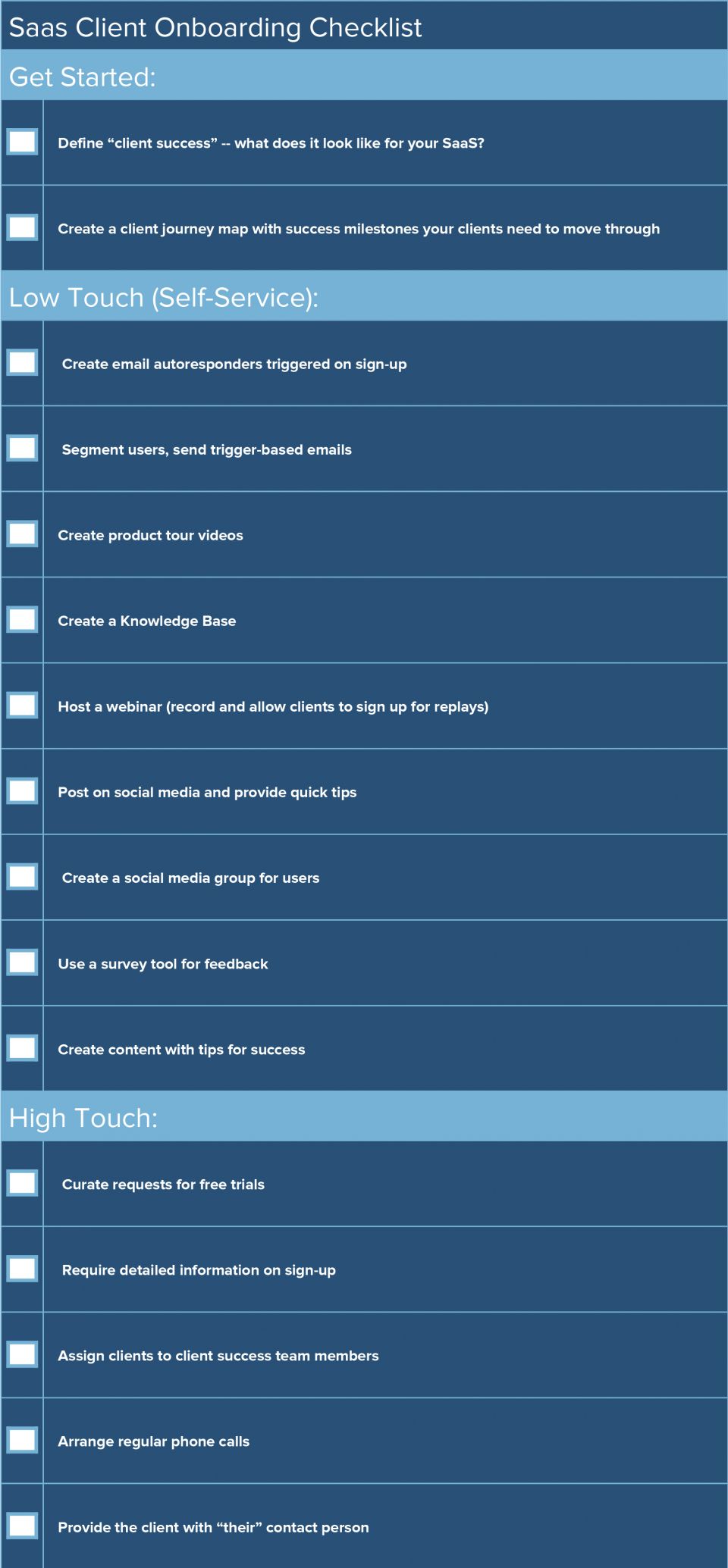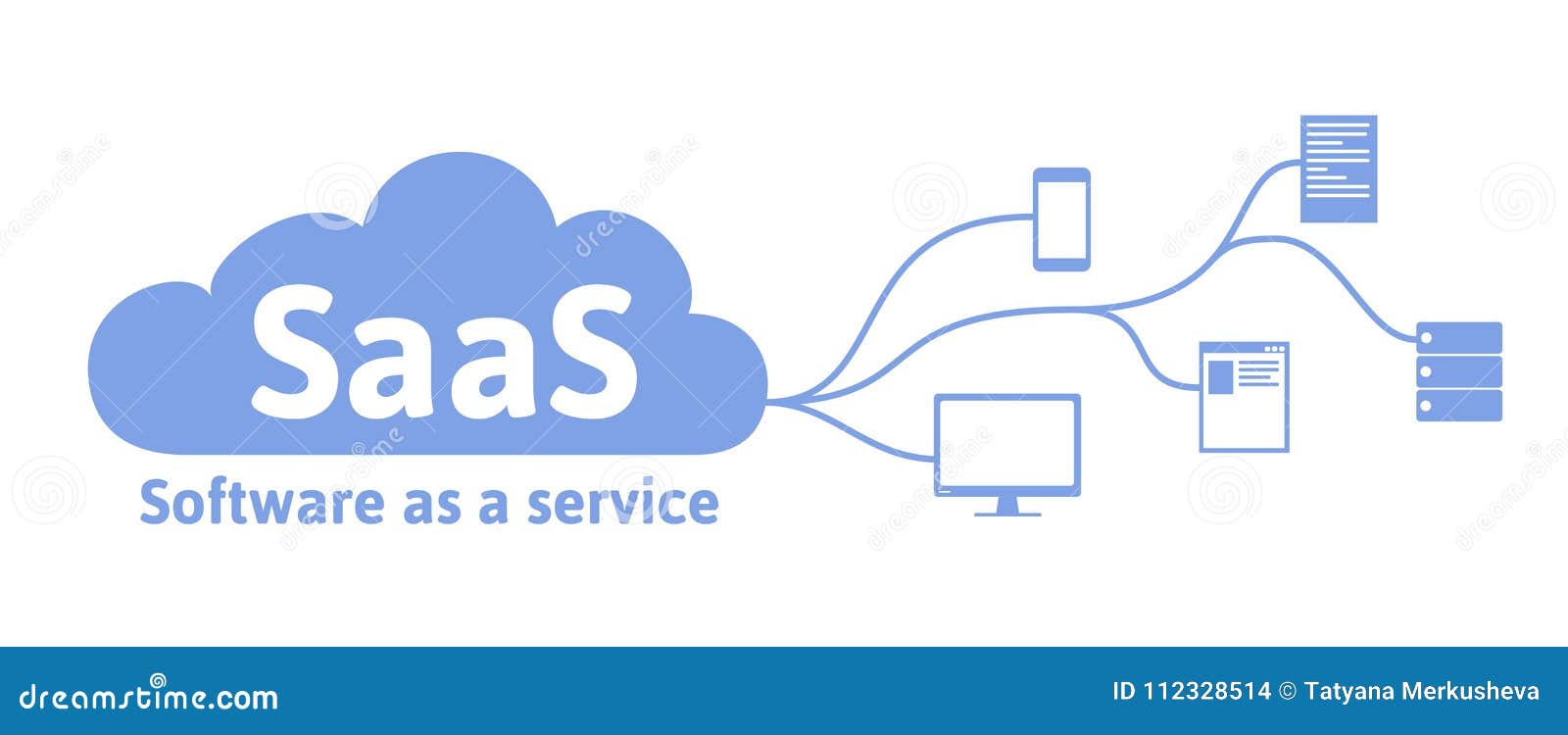

Scrutinizing vendors over data storage location might not be the most exciting part of implementing SaaS, but it safeguards the trust with your customers, employees and business partners.įorbes Technology Council is an invitation-only community for world-class CIOs, CTOs and technology executives.Software as a Service (SaaS) is a relatively recent way of providing software that has seen continuous growth, but its name isn’t exactly easily understandable. What are the protocols of data exchange between vendors (if you use multiple SaaS providers)?.What are the security measures implemented in each data storage location to protect data privacy?.Which features does the vendor have to support legislation-compliant scaling, and what is the development road map?.Is the existing cloud storage compliant with GDPR (or other regulations, depending on the standards required for your business)?.Is there a governance point in the SLA regulating the data storage?.Where is my customers' data stored (geography and location)?.Where is my business data stored (geography and location)?.In order to continue enjoying the benefits of enterprise software as a service in a compliant way, it's worth asking your vendors a few simple questions and adding the answers to the SLA agreement: To sum up, the location of a data center where the SaaS provider stores your company's and your customers' data is crucial for sustainable operations. However, many vendors do not have similar features, which makes it important to understand each one's capabilities. For example, Microsoft 365 Multi-Geo, a special feature released by Microsoft, enables large organizations to comply with multiple data protection requirements. Some SaaS vendors release special features that make it easier to comply on an international scale. That added complexity is often a reason why SaaS customers prefer signing up with larger providers with international presence, such as Microsoft Office 365, Google Apps or Amazon Web Services, that can ensure the data is handled in accordance with various regulations. If you have been using a SaaS application for a while when working on a single market, scaling to more geographies comes with a need to consider how the data of your new customers will be stored. Scaling a business internationally means new markets, new customers and new rules of the game to consider. But what do you do when you work across more than one jurisdiction? Questioning the location of the data center is probably one of the easiest strategies to ensure compliance with the regulations when benefiting from SaaS.


Hence, it is extremely important to understand not only the data privacy legislation related to collecting the data but also how exactly this data is stored, accessed and protected. And that takes us to the second reason.Īs a business owner, a SaaS customer is ultimately responsible for handling the data they collect. If a SaaS vendor fails to comply with those regulations, it can result in fines and other law enforcement measures, aimed at the business that collects the data. Such regulations will continue to emerge, as Brazil, Australia, Japan, South Korea, Thailand and other countries already have their own versions of GDPR. If any SaaS vendor stores an EU citizen's data on servers in the U.S., it directly breaches the GDPR, because it allows the U.S. As an example, the General Data Protection Regulation ( GDPR) controls how the data privacy of EU citizens is addressed. Most commonly, those laws enforce organizations to store personal data in the same region as the persons they belong to. Many countries already have strict regulations for collecting and processing the data of their citizens. However, keeping track of where the SaaS vendors store the data is crucial for sustainable business operations for the following reasons. Other factors such as cost, features, support and even market reputation often come first. As each SaaS provider fully owns and manages the cloud where the data is stored, its clients are in the right to scrutinize how and where it's being stored, and here's why.Ĭrossing the heart, the exact location of the data center where the data is stored might not be the first question that business owners consider when choosing a SaaS provider. Depending on the terms and conditions of a service level agreement with each vendor, data might be stored in the local data center, in the cloud or both.


 0 kommentar(er)
0 kommentar(er)
